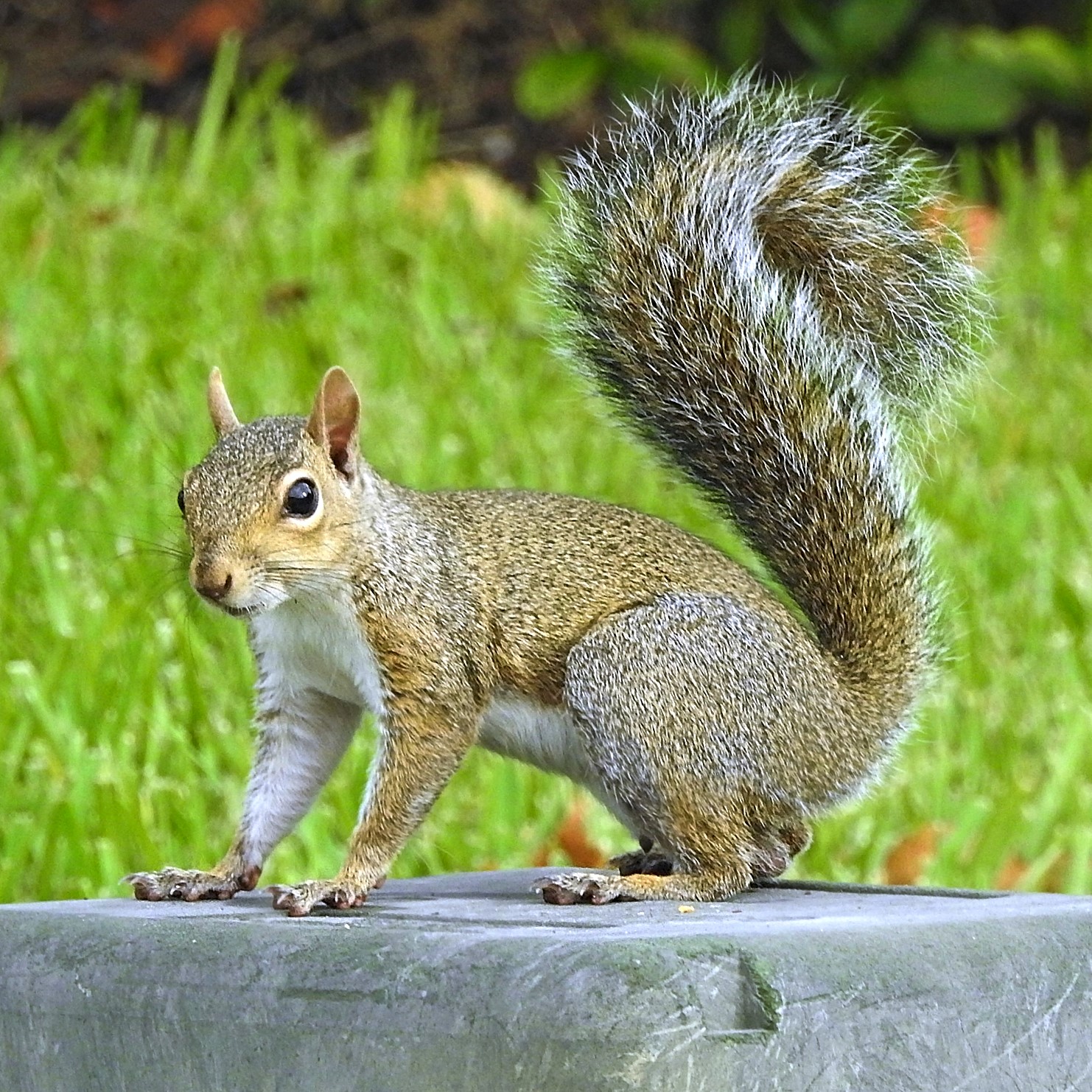Pest Control; What Type of Critters are Problematic for Solar


Squirrels
Alberta is home to many different rodents/critters/birds etc. Although we may enjoy their company, sometimes these furry friends can cause problems, particularly when it comes to solar panels. Here are the most frequent offenders:
Calgary and the surrounding areas are home to 3 different species of tree squirrels, but it’s the Eastern Grey Squirrel that’s most dominant in the City. This invasive species is quite large and may have grey, black, or brown coloured fur.
Squirrels will be attracted to houses that have food sources available, such as berry bushes, apple trees, bird feeders, open garbage, and dog/cat food left outside. They will also be attracted to areas that allow them to nest i.e. solar panels, holes in soffit, foundation cracks etc.
Grey Squirrels have two breeding periods per year, one in early spring and the other in mid-summer. Young squirrels are usually born between March and April, with a second litter arriving around July or August. This means the highest chance of damage to solar arrays/equipment falls within the months of highest electricity production.
During the nesting period, Eastern Grey Squirrels will be looking for any stick-like object to chew and use for its nest; this is what causes squirrels to chew solar wires and inverter connections. In some cases, a few panels or inverters may be damaged. But in the worst cases a system may need to be completely replaced.

Pigeons
Pigeons are an inconvenient bird that are common not only in Calgary, but many cities around the world. Pigeons are not a migratory bird, meaning they cause year round conflict with humans when they breed and nest in groups around local urban communities. These birds are commonly found with dark grey, light grey and black markings throughout the plume and wings.
Due to the ability to breed during any time of the year, these birds can be a handful when it comes to nesting under solar panels. These birds tend to have strong instincts, and the offspring will usually nest themselves close to the site of birth causing large numbers to be created rapidly in selected areas.
Although these birds aren’t known for pecking or causing damage to the actual panels, the droppings they leave carry extremely harmful bacteria that can cause Hantavirus Syndrome. In addition to disease, clutter from pigeons can cause storm gutters to be blocked from feathers, nesting materials, and/or dropping. Additionally, metal and stone on buildings may become vulnerable over the long run from the corrosive uric acid component found in pigeon droppings. The accumulation of droppings may pose a safety risk, making ladders and ground cover slippery.

House Sparrows
House Sparrows have two distinct colourings – the brown/white/grey/chestnut of the adult male, and the dull brown/grey of the female and juvenile. They are a smaller sized bird that commonly roosts in tight areas that provide protection from external elements.
Breeding is most commonly found during March to August, laying close to three to six eggs throughout that time. These birds will hatch in two weeks then leave the nest after fifteen to twenty days.
Although they are a smaller bird, they are able to create a nest 20 times their size. It’s uncommon for pecking and chewing on wires for this bird to create nests but it is still very possible. The major issue with these birds is that they can cause storm gutters to be blocked from their feathers and nesting materials. This can lead to possible structural damage to the building.
The best way to protect solar panels (or your home) from possible damage is to ensure the animals can’t enter your array/home and prevent them from nesting. You can do this by installing critter guard or rodent protection along the perimeter of your solar array. Critter guard is a strong mesh-like metal that is strapped and clipped to the edges of solar panels. It is pushed firmly against the roof preventing wildlife from being able to use the panels as a nesting location. This will prevent any damage to the wiring and inverters.
